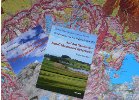Outdoor Area
|
From 01.04.2025 until 09.11.2025 |
|
Daily from 10am-6pm |
|
Adults (from age 16 and up) |
|
10.- |
€ |
|
Children under 6 |
free |
||
|
Children and youth
|
5,00.- |
€ |
- Various guided tours
- Programmes to join in
- Materials for teacher
- Information and Registration
All rooms in the museum have barrier-free access.
No entry for animals.
Franz Feistl
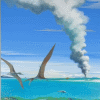
For many years the painter from Aschau in Chiemgau, Franz Feistl, has been a friend of the Museum..
W. Angerer der Jüngere
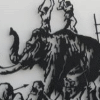
The renowned artist Walter Angerer der Jüngere lives in Siegsdorf and is well known for his sculptures in the so called "Fraßbildtechnik" – a technique using feeding pattern traces of certain beetles...
Karin Wein
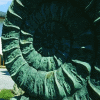
Karin Wein is a sculptress living in Siegsdorf.. Her works can be seen at central locations in the town...
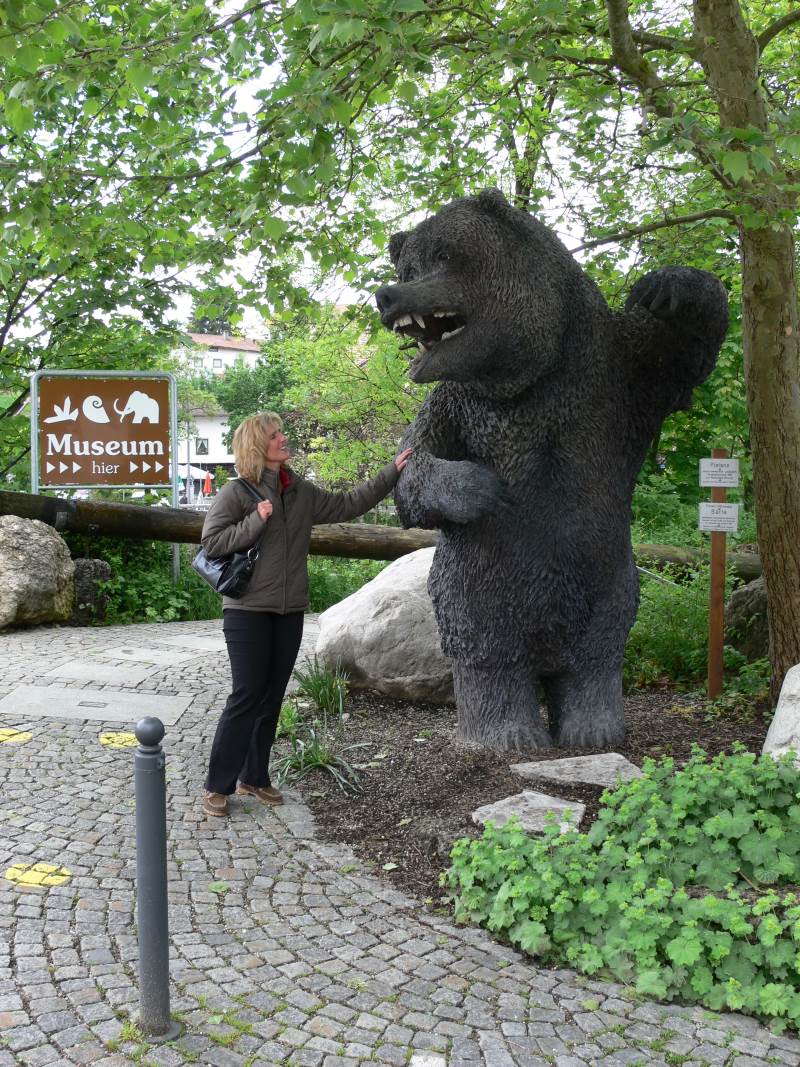
Bärta welcomes visitors
Mammoth footprints lead you from the car park to your destination.Then you have to choose where to go first; "Bärta" the cave bear is standing at the bridge waiting for a photo session. Water gushing from the tentacles of the bronze ammonite powers the pebble mill. In summer this is such delightful water playground, that you could almost fail to notice the 'timeline' that shows the evolution of life on earth, the imitation find sites, the window displays in the SteinZeitWerkstatt (Stone Age Workshop) and many other such places of interest. Please take your time to discover all you can outside, but don't forget to visit the museum as well!
Rudi the Mammoth
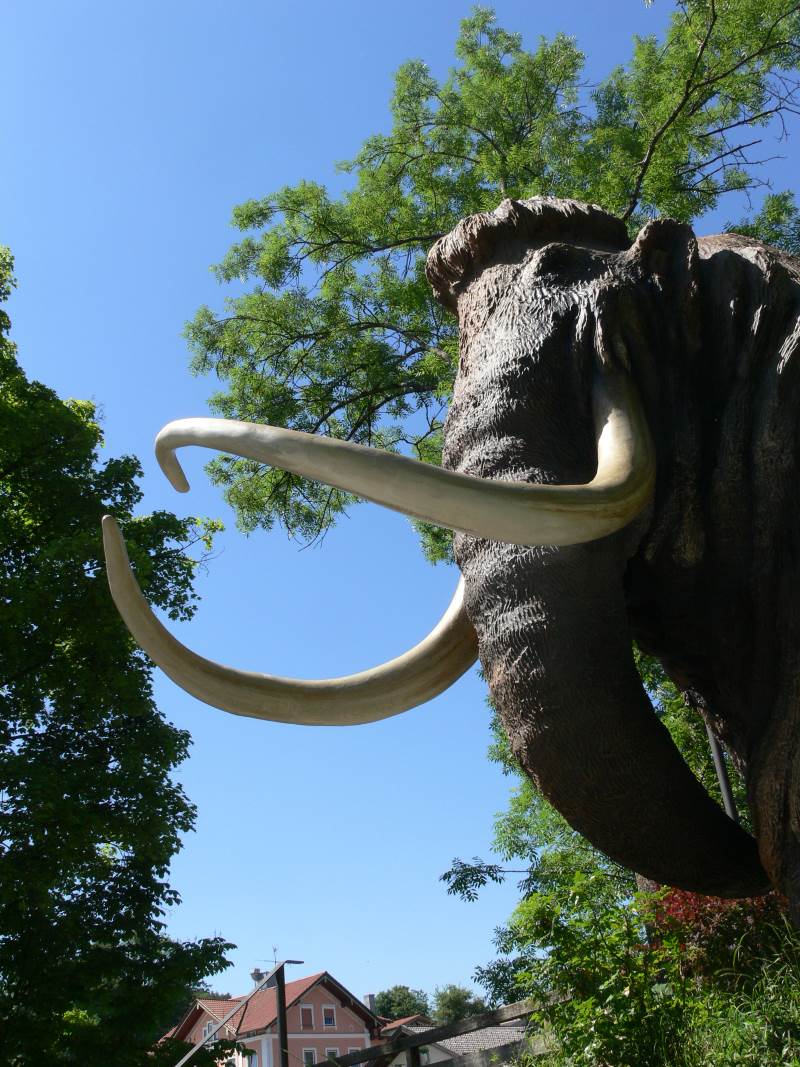
A life-size sculpture of Rudi the mammoth at the entrance to the Kurpark
The name Rudi comes from “Rudhart”, the place near Siegsdorf where the mammoth skeleton was found. The 3.6 meter high mammoth is a reconstruction in the original size. The painter and sculptor Franz Feistl from Aschau in Chiemgau created Rudi out of precast gas concrete blocks. www.franzfeistl.de
South Tyrol Rocks in Siegsdorf
The museum's friends association discovered a large block of serpentine in Siedsdorf's partner town, Pfunders, South Tyrol. It seemed to be a suitable gift for the mueseum's 500,000 th visitor. In the course of continental drift this monolith would have found its way to Siegsdorf without the help of the Friends Association in about 15 million years.
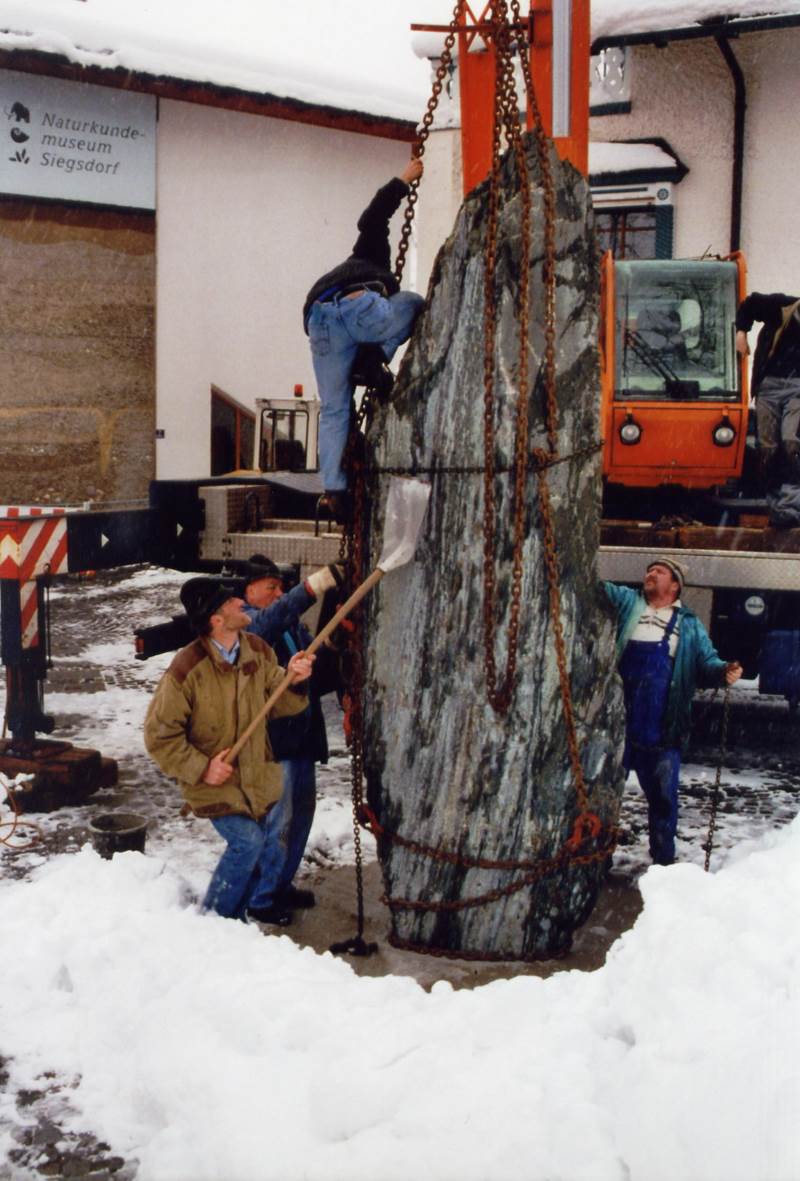
The huge rock being set in position
The Pebble Mill
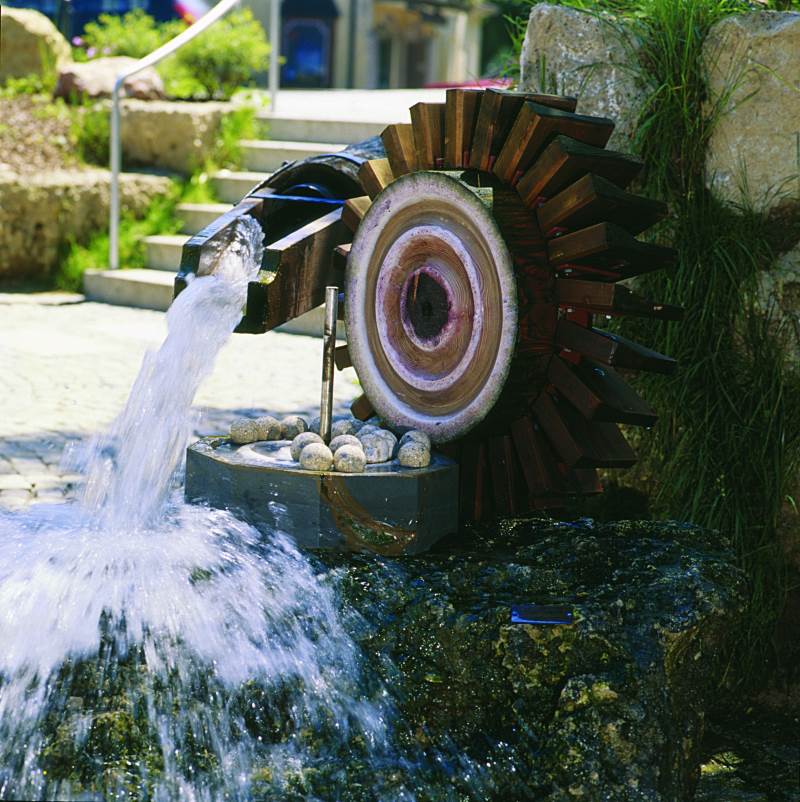
One of the last remaining pebble mills is in operation in front of the museum during the summer.
Here a pebble mill is still in use. Beautiful and initially jagged stones are smoothed to round pebbles simply by means of water power. But it takes a while! Finally the pebbles are carefully polished by hand. When the stones are ready, those made of coral limestone, for example, are sold in the museum shop.
Christkindl Museum
The Christkindl Wahfahrts-Museum ((Christ child Pilgrimage Museum) is located on the top floor of the SteinZeitWerkstatt. Rosi Bauer's exceptional collection of religious folk art is from six European countries and from four centuries. Admission is free for all visitors and the opening hours are the same as those of the Mammoth Museum.
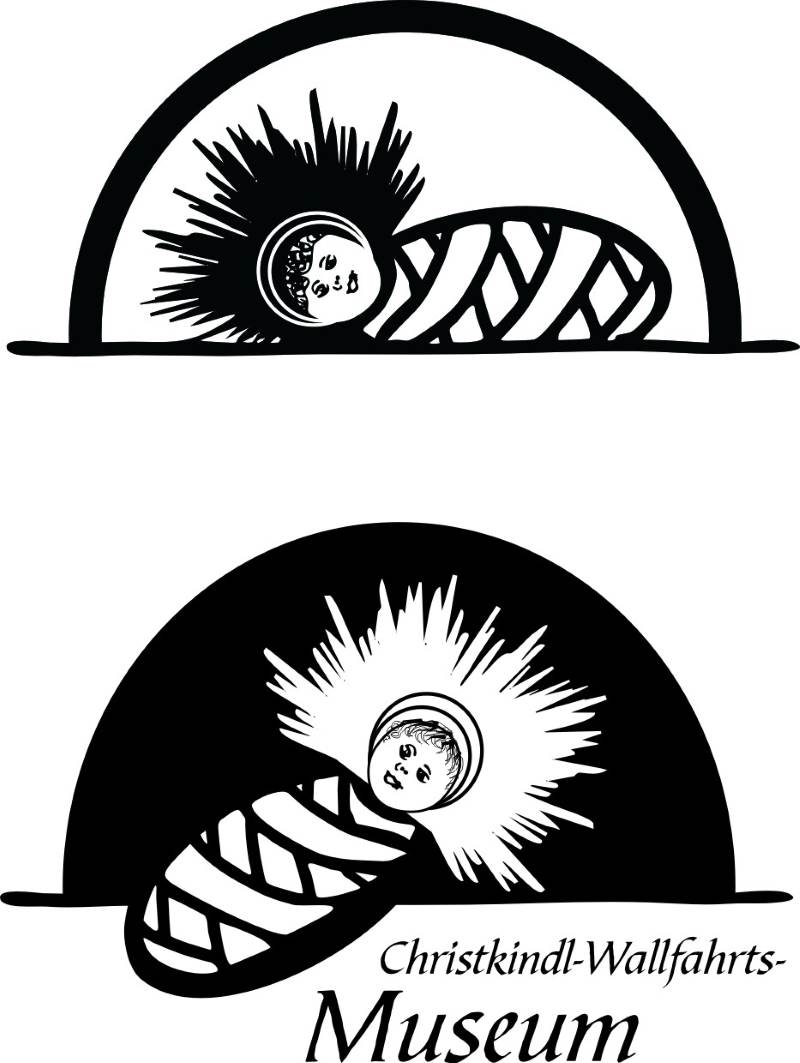
The infant Jesus in Bethlehem is the symbol of the Christkindl-Wallfahrts-Museum.



